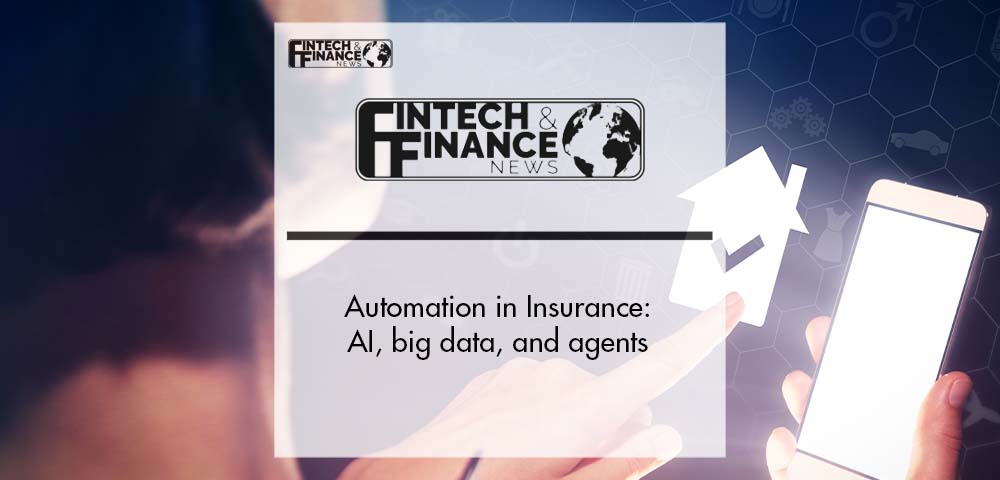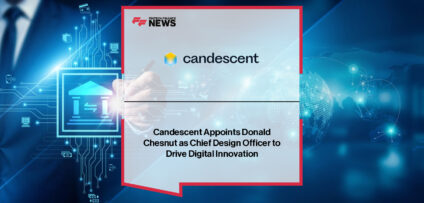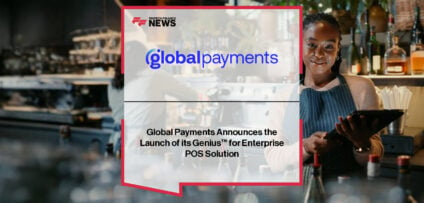Breaking News

Automation in Insurance: AI, big data, and agents
Automation has been imperative to the insurance industry for decades. With the inception of ACORD in 1972 and the IBM personal computer, large-scale standardized business processing used by insurance firms and independent agents was an obvious response to rapid consumer growth and demand.
Insurance giant Aviva was one of the first to bring automation to scale with its pensions division in the early 2010s. From designing a simple process of matching employee skills to claims cases, the insurer saw a 40% increase in efficiency, with customer queries resolved in a matter of 5 minutes. As the landscape grew and further competition persisted, Aviva, as well as other insurance leaders like AXA and Hippo, are now pushing for further automation, introducing AI and RPA into the process. Between 2016 and 2021, the amount insurance companies have spent on IT and AI technologies for their services increased by around 650%, according to Statista.
The development of artificial intelligence and robotic process automation ushers in the new era of hyper-automation.
“It’s about automating non-standard variables,” explained Leon Fretz, the Financial Services Director of Insurance & Investment at Microsoft UK, during a webinar discussion with the Insurance Post. “(It’s about processing) outside of the normal factors, that require more intelligence and insight than robotic processing automation for example.” Fretz goes on to make the parallel with motor insurance, taking in individual factors as well as the propensity for fraud as part of the risk assessment – the risk of which would be predicted through AI.
A 2021 McKinsey report presented a controversial image of hyper-automation in 2030, claiming that by that time, virtually all decisions an insurance company makes, from underwriting to claims processing, will be informed by AI. This overzealous projection is based on the common truth that insurers want to prioritize customer experience and maximize profits, all the while cutting costs. They ensure this through the adoption of big data tools and specialized learning models.
“Unlike the first document-understanding solutions, which were template-based or rules-based, today’s deep learning models understand a document’s context and content in its raw form and can process highly variable and complex documents without human intervention,” said Bastiaan De Goei, the Insurance Industry Leader at Instabase. “They also become smarter over time, generalizing their learnings across diverse document types and evolving using human-in-the-loop processes.” Instabase allows insurers to develop fully-automated business processing applications with the use of unstructured data. The platform extracts and digitizes crucial customer documents which insurers can use to automate anything from paycheck protection loans (PPP) to insurance claims.
Beyond back-office paperwork, the implementation of hyper-automation is set to permeate throughout all four corners of the industry.
“The paper-intensive and process-driven work culture in the insurance industry make it the right candidate for automation,” says Shashi Bhargava, EVP & Head – Product & Solutions Group at Datamatics. “Policy issuance, document verification, premium calculation, customer onboarding, claims processing, claims validation are some of the popular automation use cases for insurance companies. Automation will ensure faster turnaround and better compliance along with tighter cost control for insurance companies and help them stay competitive.” The company, which uses AI and robotics to enhance its business management services, recently partnered with Parascript to offer accessible and accurate document recognition software.
The area said to benefit most from intelligent automation is claims processing – by far the largest job of the insurer.
It is the first point of contact with the customer, where insurance companies handle claim requests, assess risk and make settlements. Historically, this point-to-point process would usually take anywhere between a couple of weeks to a couple of months. Developments in hyper-automation look to streamline this process, utilizing AI to gather and verify information, and integrated RPA to take this information and develop a policy. No human intervention from the first notice of loss (FNOL) to the claim settlement is representative of the current shift in insurance, backed by the likes of Quadient and Genpact, to touchless claims processing. Insurtechs like Guidewire have expanded on this trend by offering virtual claims assessments. With the AI-based software company PLNAR, Guidewire can assess and manage claims using 3D models of rooms and damage which they develop from photographs and policyholder data. Through automation, manual work time can be cut by 80%, with a further 50% when processing the claim itself. This drastic reduction in time and work staff has been shown to reduce the overall cost of a claims journey by 30%.
“Modern automation platforms like Instabase allow insurers to develop and implement such solutions quickly.” De Goei explained, “the platform has more than 140 ready-to-use building blocks such as ‘digitization’, ‘splitting’, ‘classification’, or ‘extracting’. These building blocks can be stitched together and easily create a customized workflow. In its own right, this is very useful and effectively allows an organization to tackle nearly any complex workflows that today rely on manual document review.”
This level of efficiency has already caught the eye of big insurtechs like Shift and Lemonade, the latter of which has taken AI a step further in mitigating predictive discrimination. Skeptics sound the alarm on the customer-facing aspect of the automation process, warning that the algorithmic nature of AI processing can cultivate a specific bias to a narrow demographic (archetypal white male). The concern over AI bias is justified to some degree, the tool has routinely teetered toward the red zone when it comes to employee process and housing advertisements. In 2017, an explosive investigation led by ProPublica found that big US insurers like Allstate and Auto-Owners were, on average in states like Texas and Illinois, pricing insurance premiums for black Americans 30% higher than their white counterparts. This news came much to the denial of these insurers, who maintained that the discrepancy was due to the level of risk in specific neighborhoods. ProPublica sampled the data for their investigation from Quadrant Information Services and S&P Global Inc.
The main issue here, and one which continues to contaminate the use of AI in insurance, is the lack of comprehensive, unbiased, data.
Insurers are aware of the potential bias connected with automation and have taken steps to combat this. Lemonade, a big investor in automation, has proposed a solution to combat inherited bias through Uniform Loss Ratio (ULR). This works when AI identifies a common pattern amongst a demographic, for whom have a lower loss ratio than the population at large, and highlights it not as data on which to base claims, but as an unfair anomaly to avoid. Enough of this data will accumulate to then be comprehensive enough so that the process cannot discriminate against that demographic. Lemonade uses the analogy of the rate of police arrests and how the algorithm would correct this, “as data accumulates, the ‘been arrested’ group would subdivide, because the AI would detect that for certain people being arrested is less predictive of future claims than it is for others. The algorithm would self-correct, adjusting the weighting of this datum to compensate for human bias.”
A change in the type of data insurers use for processing will strongly benefit their automation efforts, and re-win the trust of customers.
The talk around data leads to another limitation with automation, hyper-automation specifically, and that is its ability to tessellate with workers. With the increased adoption of automation, insurers are aiming to cut costs wherever they see superfluous; jobs are not excluded from this. Harking back to the 2021 McKinsey report, due to deep machine learning and learning models, underwriting – a crucial part of insurance claims – will be calculated in mere seconds, thus underwriting as a profession would cease to exist. Adding fuel to the fire, Aviva, in their push toward more automated processing, announced last year that 115 jobs in its IT departments across the country would be ‘impacted.’ The features of hyper-automation are indefinitely curtailing much of the responsibilities formerly held by agents. A 2019 PwC report found, however, that the biggest barrier to digital innovation was not technology, but the lack of skilled teams, and a shortage in talent. Coupled with this is also the hegemony of customer preferences.
A human workforce is still crucial to the industry, and insurers know this. The great dilemma now is not the replacement of staff but the necessary training needed to prepare them for an increasingly digital workspace.
In a lot of cases, automation can benefit the workforce when it comes to the reduction of routine tasks. De Goei detailed how automation can act as a subordinate tool for professionals: “The automation of rote tasks such as finding data points, manually transcribing data into a downstream system, asking for missing information, or checking for duplicates, allow highly qualified adjusters and underwriters to focus on their core tasks of adjusting and underwriting. And we found this leads to higher employee satisfaction and retention. It also allows these critical employees to focus more on their customers whether they face off to brokers or end customers. Along with higher accuracy and faster processes, this additional client focus leads to significantly higher customer satisfaction.”
Though consumers as a whole prefer insurance providers that have more digitally-inclined capabilities, this does not go for the overall insurance journey. According to a recent Northridge report, 55% of customers using web services find it difficult to use, and a further 77% of people say they would not want to make a transaction until they’ve spoken to a real person first. Though automation has made great strides in streamlining the insurance process, it still needs a working staff to both keep AI in check and develop trustful relationships with customers. For insurers, the next step is to upskill staff on crucial IT to better work alongside automated processes.The rate in which technology is developing, upskilling is as much an imperative to insurance as automation is. Mercer’s 2021 Global Talent Trends – Insurance Industry Outlook report, found that the industry is 1.5x more likely than other industries to focus on developing skills related to automation. The report shared optimistically that the majority of insurers did intend to implement some form of upskilling. 63% of insurers have, or have planned, to identify new skills and capabilities for post-COVID operations, a further 60% intend to intensify developments of remote working skills.
The goal of automation was never to outpace the expertise of the agent, but to facilitate them. The advent of hyper-automation does not change this. Whether it be down to customer preferences or technological bugs, both man and machine are needed in the insurance space; together they create equilibrium.
- The 4th Financial Innovation Forum – Payments & RegTech Arrives in London Read more
- Double UK eCommerce Award Shortlisting for Ecommpay Read more
- Candescent Appoints Donald Chesnut as Chief Design Officer to Drive Digital Innovation Read more
- Meanwhile Sees Unprecedented Demand for BTC Life Insurance, Offers Policy With 0.25 BTC Minimum Read more
- Global Payments Announces the Launch of its Genius™ for Enterprise POS Solution Read more
















